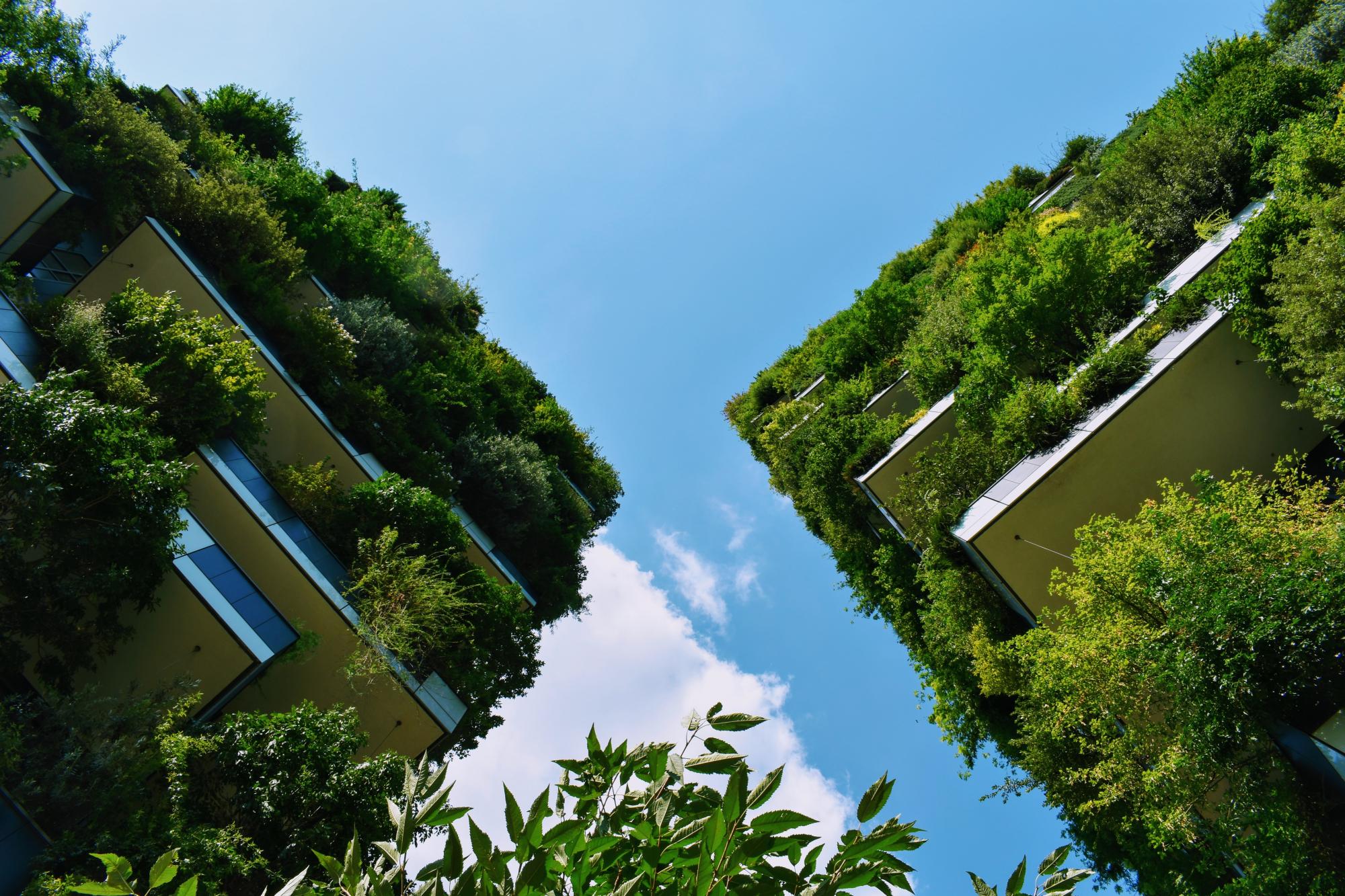Kempegowda International Airport Bengaluru (KIAB)'s new terminal 2 is an environmentally friendly initiative that uses innovative methods to maintain ecological sustainability using native plants (Ref 1, 2). The terminal was built on four guiding principles: technology leadership, being a terminal within a garden, environmental and ecological stewardship, and a celebration of Karnataka’s rich heritage and culture. Through the "terminal within a garden" project, the aim was to create a calming and relaxing space for passengers using greenery for visual appeal as people pass through the airport (Ref 1). Hanging gardens, trees, and green walls are the primary nature-related features included in the terminal and an outdoor greenbelt around the terminal. The airport uses native plant species, including trees, flowering plants, and shrubs (Ref. 2). The terminal area also includes water bodies, cascades, and miniature waterfalls to maintain the natural atmosphere. The terminal also has extensive rainwater harvesting and groundwater recharge facilities (Ref 1). Other sustainable goals in the terminal area include energy saving, water conservation, waste management, and pollution control measures (Ref 2).
Overview
Nature-based solution
- Nature in buildings (indoor)
- Green walls and ceilings
- Atriums/Courtyards
- Nature on buildings (external)
- Green walls or facades
- Parks and urban forests
- Green corridors and green belts
Key challenges
- Environmental quality
- Air quality improvement
- Green space, habitats and biodiversity (SDG 15)
- Green space creation and/or management
- Regeneration, land-use and urban development
- Promote natural styles of landscape design for urban development
- Water management (SDG 6)
- Stormwater and rainfall management and storage
- Health and well-being (SDG 3)
- Improving mental health
- Creation of opportunities for recreation
Focus
Project objectives
Implementation activities
Main beneficiaries
- National-level government
- Local government/Municipality
- Citizens or community groups
Governance
Management set-up
- Government-led
Type of initiating organisation
- National government
- Local government/municipality
Participatory approaches/ community involvement
- Co-planning (e.g. stakeholder workshops, focus groups, participatory mapping)
Details on the roles of the organisations involved in the project
Project implemented in response to ...
Financing
Total cost
Source(s) of funding
- Unknown
Type of funding
- Earmarked public budget
Non-financial contribution
Impacts and Monitoring
Environmental impacts
- Environmental quality
- Improved air quality
- Water management and blue areas
- Improved water quality
- Improved stormwater management
- Green space and habitat
- Promotion of naturalistic styles of landscape design for urban development
- Increased green space area
- Increased number of species present
- Increased protection of threatened species
Economic impacts
- Unknown
Socio-cultural impacts
- Health and wellbeing
- Improved mental health
- Gain in activities for recreation and exercise
- Cultural heritage and sense of place
- Promotion of cultural diversity
- Protection of natural heritage
- Protection of historic and cultural landscape / infrastructure
- Other
Type of reported impacts
Presence of formal monitoring system
Presence of indicators used in reporting
Presence of monitoring/ evaluation reports
Availability of a web-based monitoring tool
References
(2) Phadnis, A 2022, How Bengaluru Airport's new terminal is like a walk in the garden, Business Standard, 25 February, viewed on 25 February 2023, Source link
(3) Unknown, 2022, With six lakh plants, here’s what the new ‘garden’ terminal of Bengaluru’s Kempegowda Airport looks like, The Indian Express, November 14, viewed on 25 February 2023, Source link
(4) The Metro Rail Guy (2023), Bangalore Airport Terminal 2 – Design & Status, available at Source link (accessed 25-02-2023)
(5) Kempegowda International Airport (2023), Terminal 2 is a tribute to the Garden City of Bengaluru, available at Source link (accessed 25-02-2023)
(6) Source link (2022) How Bengaluru’s Exotic New ‘Terminal in a Garden’ is Competing with Singapore’s Changi Airport. available at Source link (accessed 13-03-2023)



